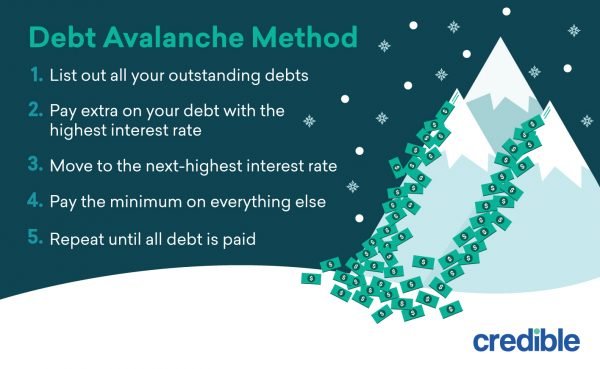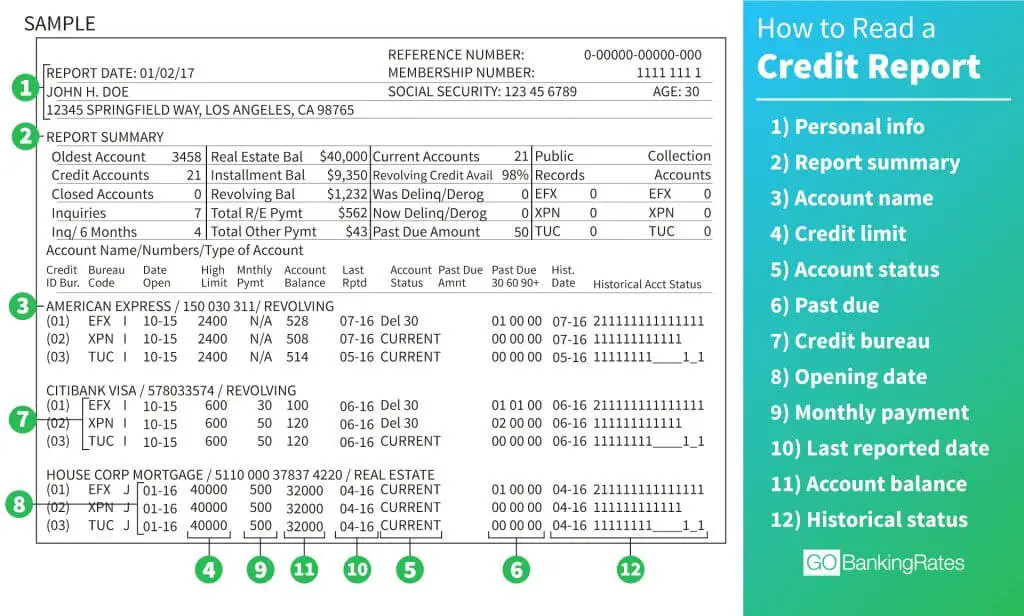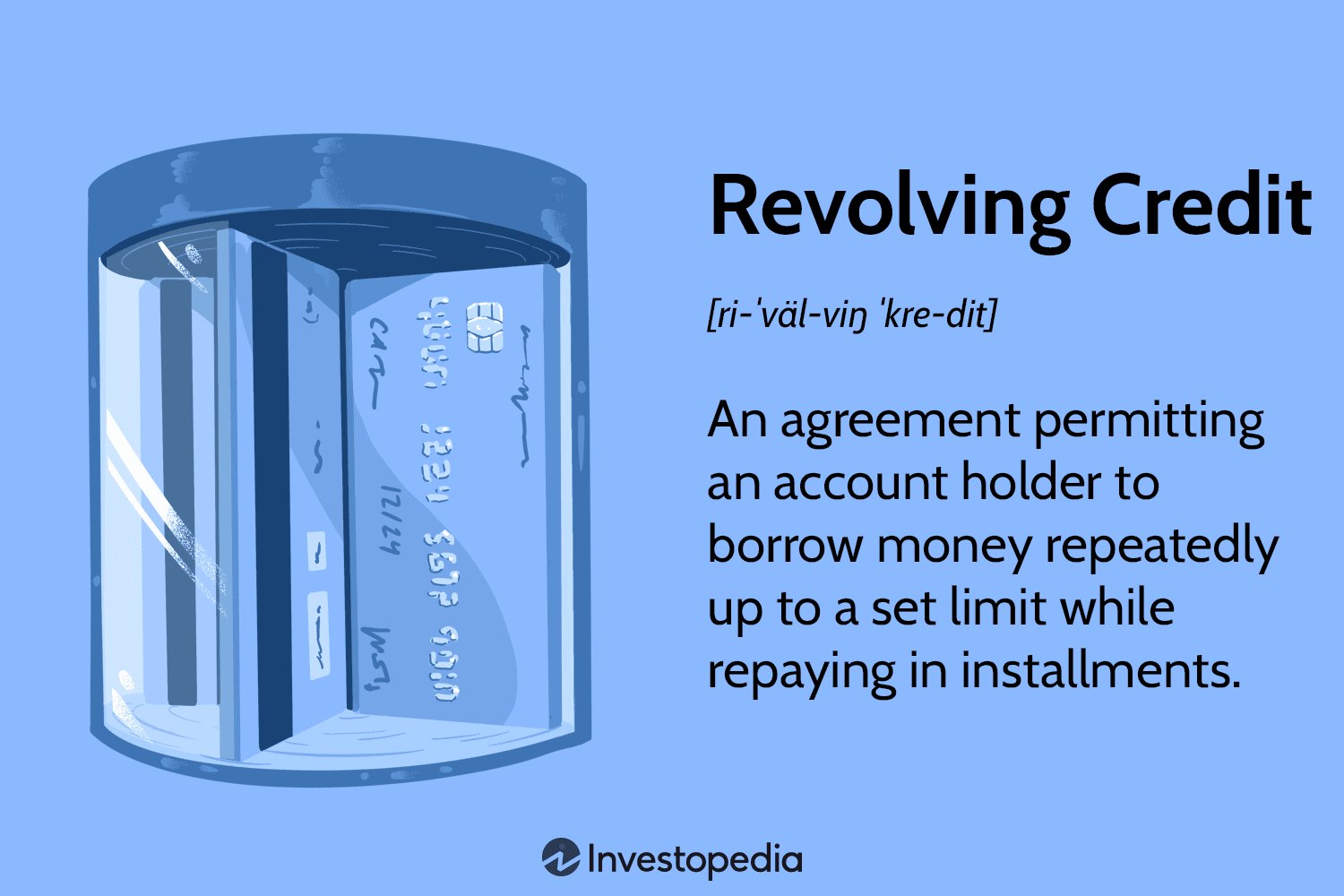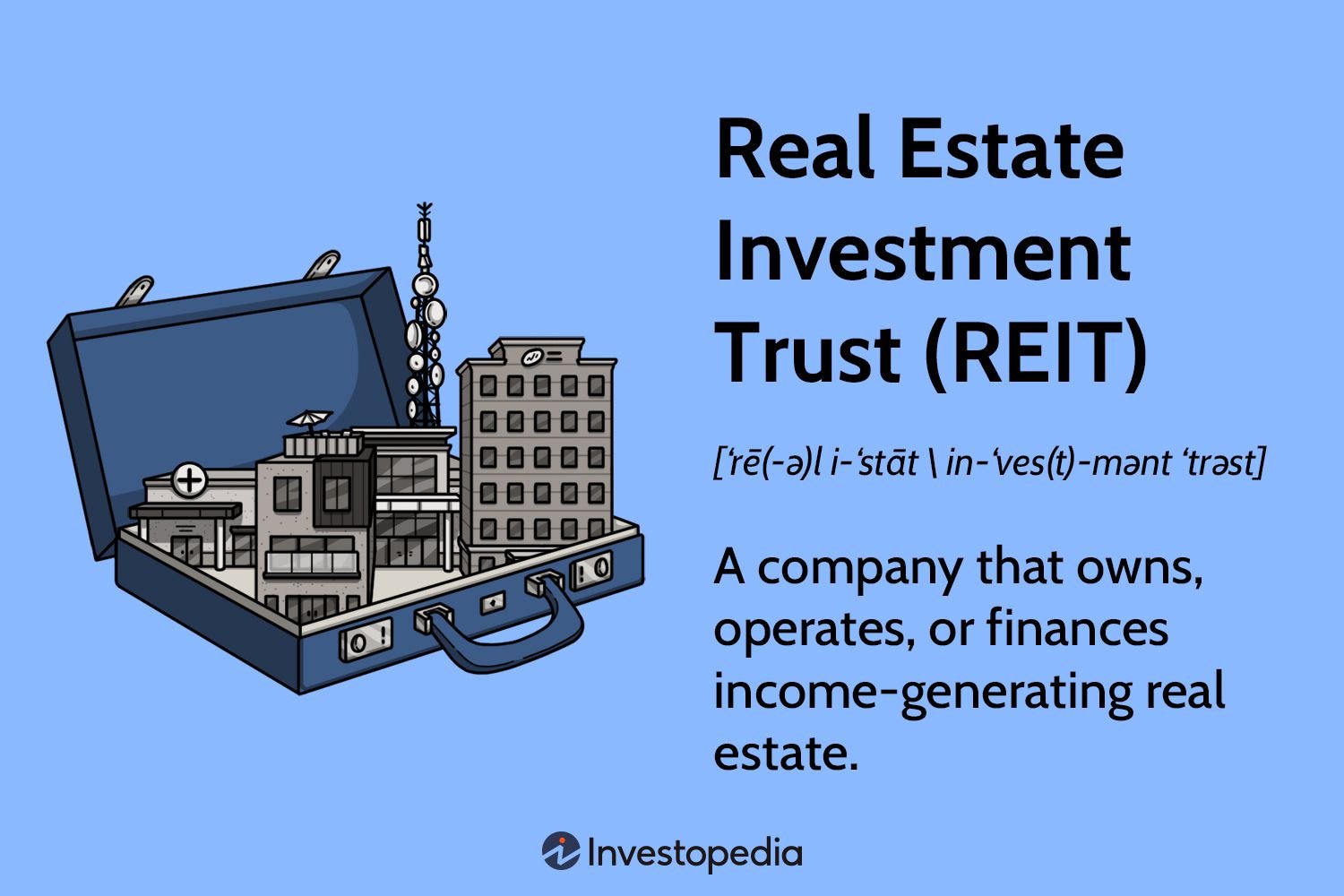Looking for an effective way to pay off your debts? Enter, the debt avalanche method of repayment. This method offers a strategic and efficient approach to tackling your debt head-on. So, what is the debt avalanche method of repayment exactly? It’s a repayment strategy where you focus on paying off debts with the highest interest rates first, while maintaining minimum payments on other debts. By doing so, you can save money in interest payments and ultimately, become debt-free faster. In this article, we’ll delve into the details of how this method works and explore why it might be the key to your debt-free future. Let’s dive in!
What is the Debt Avalanche Method of Repayment?
When it comes to paying off debt, there are various strategies that individuals can use to effectively tackle their outstanding balances. One popular method is the debt avalanche method of repayment. This approach focuses on prioritizing debts based on their interest rates to save money in the long run and eliminate debt more quickly. In this article, we will explore the debt avalanche method in detail and understand how it can help individuals conquer their debts.
Understanding the Debt Avalanche Method
The debt avalanche method is a debt repayment strategy that involves prioritizing debts based on the interest rates associated with each loan or credit account. The primary goal of this method is to minimize the overall cost of debt by paying off high-interest debts first, while still making minimum payments on all other debts.
Here’s a step-by-step breakdown of how the debt avalanche method works:
- List all your debts: Begin by creating a comprehensive list of all your outstanding debts, including credit cards, personal loans, student loans, and any other loans you may have.
- Identify the interest rates: Next, identify the interest rates associated with each debt. This information can typically be found on your statements or by contacting your lenders.
- Order debts by interest rate: Arrange your debts in descending order, starting with the debt that carries the highest interest rate and ending with the debt with the lowest interest rate.
- Pay minimum payments: Make minimum payments on all your debts to ensure you stay current and avoid any late fees or penalties.
- Allocate extra funds: If you have any extra money available for debt repayment, allocate it towards the debt with the highest interest rate first.
- Continue the process: Once a debt is paid off, continue down the list, allocating extra funds to the next debt with the highest interest rate until all your debts are cleared.
The key principle behind the debt avalanche method is to focus on eliminating debts with high-interest rates first. By doing so, individuals can save money on interest payments and pay off their debts more efficiently.
The Advantages of Using the Debt Avalanche Method
The debt avalanche method offers several advantages that make it an attractive option for individuals looking to pay off their debts:
- Cost savings: Prioritizing debts with higher interest rates helps reduce the overall cost of the debt. By paying off high-interest debts first, individuals save money on interest payments over the long term.
- Quick debt elimination: By targeting high-interest debts, the debt avalanche method allows individuals to eliminate debts more quickly. This approach provides a sense of progress and motivation as debts are paid off one by one.
- Mindset shift: The debt avalanche method encourages individuals to focus on the bigger financial picture rather than being overwhelmed by the number of debts. By paying off high-interest debts first, individuals gain momentum and confidence in their ability to become debt-free.
- Flexibility: The debt avalanche method does not require a fixed payment amount. Individuals can allocate extra funds as they become available, making it a flexible approach that can adapt to changing financial circumstances.
While the debt avalanche method offers numerous benefits, it is essential to consider personal financial situations and goals before implementing this strategy. Let’s explore some factors to consider when deciding whether the debt avalanche method is the right choice for you.
Factors to Consider when Using the Debt Avalanche Method
While the debt avalanche method can be an effective strategy for many individuals, it may not be suitable for everyone. Here are some factors to consider before deciding to use the debt avalanche method:
- Psychological impact: The debt avalanche method prioritizes debts based on interest rates, which means that debts with larger balances might not be paid off first. This approach may not provide the same psychological satisfaction as other methods that prioritize debts based on balances.
- Time to debt payoff: Since the debt avalanche method focuses on high-interest debts first, it may take longer to fully eliminate some debts. If the goal is to experience quick wins by paying off smaller debts first, alternatives like the debt snowball method might be more suitable.
- Emotional tolerance: The debt avalanche method may require individuals to tolerate higher debt amounts for a longer duration. If the emotional stress of carrying larger debts outweighs the potential cost savings, alternatives like the debt snowball method might be a better fit.
- Financial discipline: Implementing the debt avalanche method requires financial discipline to consistently make payments and allocate extra funds towards the debt with the highest interest rate. Individuals who struggle with financial discipline may find it challenging to stick with this method.
Ultimately, the decision to adopt the debt avalanche method should be based on a careful evaluation of personal circumstances, preferences, and financial goals.
Combining the Debt Avalanche Method with Other Strategies
While the debt avalanche method can be effective on its own, individuals can also combine it with other debt repayment strategies to further optimize their progress. Here are a few strategies that can be combined with the debt avalanche method:
- Budgeting: Creating and sticking to a budget allows individuals to allocate more funds towards debt repayment. By cutting down on unnecessary expenses and increasing income, individuals can accelerate their debt payoff journey.
- Debt consolidation: Consolidating multiple high-interest debts into a single loan or credit account with a lower interest rate can help streamline repayments. This can make it easier to implement the debt avalanche method and reduce the number of monthly payments.
- Balance transfers: Transferring high-interest credit card balances to a credit card with a lower interest rate can save money on interest payments. By combining balance transfers with the debt avalanche method, individuals can maximize their debt repayment efforts.
It’s important to note that while these strategies can complement the debt avalanche method, they may not be suitable for everyone. Individuals should carefully evaluate the potential costs, risks, and benefits of these strategies before incorporating them into their debt repayment plan.
The debt avalanche method is a powerful debt repayment strategy that prioritizes debts based on interest rates. By focusing on high-interest debts first, individuals can save money on interest payments and pay off their debts more efficiently. While the debt avalanche method offers numerous advantages, it’s crucial to consider personal financial circumstances, goals, and preferences before implementing this strategy.
How To Pay Off Debt (Debt Snowball vs Debt Avalanche)
Frequently Asked Questions
Frequently Asked Questions (FAQs)
What is the debt avalanche method of repayment?
The debt avalanche method of repayment is a strategy used to pay off multiple debts efficiently. It involves prioritizing debts based on interest rates, starting with the one with the highest interest rate and paying it off first, while making minimum payments on other debts. Once the first debt is fully paid, the extra funds are then directed towards the debt with the next highest interest rate, and so on, until all debts are fully repaid.
How does the debt avalanche method differ from the debt snowball method?
The debt avalanche method differs from the debt snowball method in terms of prioritizing debts. While the debt avalanche method focuses on paying off debts with the highest interest rates first, regardless of their balances, the debt snowball method prioritizes debts based on their balances, starting with the smallest balance and moving towards the largest.
Why should I consider using the debt avalanche method?
Using the debt avalanche method can be advantageous because it saves you money in the long run. By targeting high-interest debts first, you reduce the total interest paid over time. Additionally, it allows you to pay off your debts more quickly and helps you build a stronger financial foundation.
How do I get started with the debt avalanche method?
To get started with the debt avalanche method, follow these steps:
1. List all your debts along with their outstanding balances and interest rates.
2. Determine the minimum payments for each debt.
3. Identify the debt with the highest interest rate.
4. Allocate any extra funds towards paying off this debt while making minimum payments on others.
5. Once the first debt is paid off, move on to the debt with the next highest interest rate and repeat the process.
6. Continue this cycle until all your debts are fully repaid.
Can the debt avalanche method work for any type of debt?
Yes, the debt avalanche method can be applied to any type of debt, including credit card debt, personal loans, student loans, and even mortgages. Its effectiveness lies in prioritizing debts based on interest rates rather than the type of debt.
What are the advantages of using the debt avalanche method?
Using the debt avalanche method offers several advantages, including:
– Saving money on interest payments by focusing on high-interest debts first.
– Paying off debts more quickly, leading to financial freedom.
– Building a stronger credit score by reducing overall debt.
Are there any drawbacks to using the debt avalanche method?
While the debt avalanche method is an effective repayment strategy, it may not work for everyone. Some potential drawbacks include:
– It requires a disciplined approach to consistently allocate extra funds towards debt repayment.
– It may take longer to eliminate smaller balances, which could impact motivation for some individuals.
– It does not consider the psychological benefits of paying off smaller debts first, which can provide a sense of accomplishment.
Can I combine the debt avalanche method with other debt repayment strategies?
Yes, you can combine the debt avalanche method with other debt repayment strategies based on your financial situation and preferences. For example, some people choose to incorporate elements of the debt snowball method by paying off smaller balances within the high-interest debt category first, providing motivation along the way. It’s essential to find a strategy that works best for you and helps you achieve your debt-free goals.
Final Thoughts
The debt avalanche method of repayment is a strategic approach to paying off debts that focuses on minimizing interest costs. By tackling high-interest debts first and making larger payments towards them, this method allows individuals to clear their debts more efficiently. By prioritizing APR (Annual Percentage Rate), the debt avalanche method ensures that individuals save money in the long run by reducing the overall interest paid. It is a highly effective way to become debt-free faster, providing financial freedom and peace of mind.



